My earliest memories of goulash are full of warm, satisfying sensations—soft, chewy egg noodles draped in thick brown gravy and big chunks of beef adorned with a few key ingredients like green pepper, onion, and paprika. Even though my Croatian/Ukrainian mother was born and raised in Queens, she was a natural homemaker who somehow managed to perfect the culinary staple of goulash quite early in her 45-year marriage to my Croatian born father. The concept of eating out was one in which our family rarely took part. She didn’t often accept help in the kitchen, but once I knew that we were having goulash for dinner I’d set the table. Even my picky teenage brother would chow down, along with my dad whose great appetite did not reflect his fit, somewhat lanky body. My dad worked so much that he ate like a lord at dinner and never gained a pound.
At ten years old, I would sit at the long, wood grained kitchen table with thick legs. Under it, my dad would keep a big jug of red wine that fueled his laughter and stories even when his body was tired from electrical work and/or house renovations. By then, I was usually allowed a little red wine too, though Cherry Coke was more my preference. It was hard to not overeat the thick mass of Pennsylvania Dutch noodles all stuck to the dark, golden brown grains of beef. The goulash cooked in the gravy for about two hours or more. It was Croatian; it was ours.
Though Croatia’s cuisine was typically more coastal and Mediterranean in nature and my family’s own history along the Dalmatian coast was certainly rooted in those flavors, Croatia was ruled by the Austro-Hungarian Empire in the form of the Habsburg Monarchy from the 16th to later 19th centuries. In addition to the Romans, Ottoman Turks, Venetians, and even the Napoleonic French, Austria-Hungary was a fixture in Croatia’s cultural traditions, particularly its culinary ones: stuffed cabbage (sarma), kielbasa and sauerkraut (kiseli kupus), stuffed peppers (punjene paprike), all bold, colorful, and full of meat. The Croatian version differed from the traditional Hungarian goulash in that we tended towards a simpler set of ingredients. They used sour cream and often added milk and mushrooms; ours was more like a stroganoff. My mother worked solo in her kitchen throughout my childhood, but emphasized to me that there was “very little” in the version she made. She couldn’t recall exactly where the recipe came from or why it was so simple. She would chop peppers methodically, her wild curly brown hair held back with combs just behind her ears, her glasses foggy over drained colanders of egg noodles and pastas of all sorts. The crackling noise that emanated from the bottom of the steel pot stayed in my eardrums most of all—the floured cubes of beef hitting the warmed olive oil not only produced a savory crust—seasoned only with salt and pepper—but also heated up and burst in small pockets. The sound signaled our family’s crest in food form; I will never forget hearing it.
Years later, I began to feel the need to cook. I don’t know what happened exactly—probably the combination of a semi-decent, regular paycheck assisting at the William Morris Agency, a growing circle of “downtown” artist friends, and a roommate who traveled for work more often than she was home. I bombarded my mother with constant demands over the phone for the recipe. Her retorts were always the same: “We don’t write things down. I don’t know how much I put.” Eventually, we settled on an official script. It was simple indeed: green pepper, onion and garlic sauteed in the same flavored oil that had formed the crust onto the floured meat cubes, followed by adding the meat back in, some red wine (my mother insisted she rarely used wine, but I insisted it become part of the tradition,) a squeeze of tomato paste, one or two cartons of beef stock, and the barest of spices including mainly paprika leftover from the former Hungarian rulers and a dried bay leaf. My mother always warned me to remove the bay leaf before serving. The egg noodles were still a mainstay. As I began making the goulash for friends and guests more regularly, I found I could summon a little slice of the comfort that I had discovered at the bottom of a gravied bowl during my growing up.
On a Tuesday night soon after, I had plans to have my current on-off lover Jack over, along with a short redhead named Allison who was fast becoming my best friend. I was going to make goulash for them. Allison and I had met when we both went to visit Jack at the bar where he worked in Williamsburg, the neighborhood then still somewhat desolate and full of Italians, Hasidic Jews, and greasy diners. It turned out we were both sleeping with Jack. I would go on to sleep with him, while she would go on to sometimes sleep with him without telling me. Looking back, finding each other seemed more important than all that.
My mother had called my office cubicle phone earlier that afternoon. After a lifetime of working too hard at house building and renovation in both New York and Florida, my 75 year old father had suffered a massive heart attack and was in a coma at the hospital in Albany. My mother told me not to come up that night, as she had to see for herself what tomorrow would bring. My father had not only been my connection to old world Croatia, but also the teacher who showed me the lineage of cultures, countries and civilizations that had called Croatia theirs throughout history. He was the person who told stories to us long after the goulash and other homemade meals were digested. He was my link to our roots.
That night, all I could think to do was still make the goulash for Jack and Allison as planned. I was on autopilot, but they both helped me make it into a meal. I broke down in tears repeatedly throughout the night, drank too much wine, and slowly shut down. There were no comforts in the sounds, smells, or tastes inherent in the meal that my mother had made for us so many times during my childhood. Jack spent the night in my bedroom and Allison slept on the couch. Before leaving for work the next morning, she embraced me hard with a strong, southern hug.
Jack was a mostly out-of-work artist with long hair he kept neatly in one of the earlier instances of a man-bun I recalled seeing in Brooklyn, but there wasn’t anything hip about him. He came from a broken home in Pittsburgh and wore clothes too many times before washing them. He had a notoriously efficient caregiving side, having lived with and acted as nurse for his grandmother until her death. Jack stayed with me the whole next day. The plan was to go upstate in a rental car the following morning to the hospital and likely sit at my father’s bedside as he died without a further story or word.
I slept away much of that in-between day, but the one aspect of it I most remember was hearing Jack in the cramped kitchen, knocking pots and scraping items into bowls. There had been a lot of leftover goulash, since I didn’t know how to make smaller versions of our family recipes, only the behemoth variation tailored to a family reunion or the gathering of a sports team. Jack had dated a Hungarian and had a different idea about how to doctor my goulash. He added a bevy of whatever spices he found in the cabinets and blanketed each of our servings in a bubbling layer of whatever cheese I had in the refrigerator. Sitting with Jack on the couch in front of an empty fireplace eating the amalgamated concoction of goulash was one of the rare moments of comfort.
I lost my father the next evening. My brother was unable to be there in time, but I view the scene as all four of us being present just as we had been when we sat around the big wooden table eating dinner every night.
Months after, Allison and I became roommates on the Red Hook waterfront. For the first time, I had a big, renovated kitchen. My love of goulash remained. It even strengthened in its meaning and experience. Whether Jack would come over, a few new Red Hook friends or 20 people from the neighborhood of misfits that we were quickly becoming familiar with, we would cook in big, deep pots. Allison came from Baton Rouge and New Orleans and was the yin to my Croatian old world yang, cuisine wise. She had also lost her father years back. We’d take turns, one of us preparing our signature “comfort” dish—my goulash, her gumbo—while the other helped chop ingredients and while we both ate bread and drank wine. Some of the basic components of our dishes were the same: the creole “holy trinity” was onion, celery, and bell pepper (green); my self-proclaimed Croatian holy trinity was onion, bell pepper (green, but now I was occasionally adding in or replacing with the sweeter red), and garlic. In those first few years after losing my father, we kept Red Hook’s stomachs full, loved, and satisfied.
After my father’s death, I finally made the trip back to his Croatian family. Uncles, Aunts, and cousins upon cousins all greeted me with their memories of the dark pigtails, surly grin, and red shorts I wore when they last saw me—I had been six-years-old at the time. My Teta (aunt) Milka was a fabulous cook, but the meal that I couldn’t resist most was prepared at a seaside yacht club in Split. I ordered the goulash. It was delicious. The meat and brown gravy sauce sat not upon egg noodles, but on hand-rolled gnocchi. I would have never thought of this clearly sophisticated continental combination of textures and flavors. No matter its starch companion, the goulash looked neater on the plate than mine ever did. The meal satiated me as it always managed to do.
I recently found the recipe I had written down on a slip of William Morris Agency note paper. I folded it along its original lines and filed it away in the back of a drawer. Despite the obvious want to switch to the more authentic gnocchi, I can’t resist the sticky egg noodles that my mother always used in her goulash. Whenever I plan on making more goulash, whether for one other person, a room full of friends, or for my mother and me, something clicks inside. My dad sits at the dinner table, jug of wine at his feet. My friends surround me in the messy Red Hook kitchen hours after Allison and I laugh our way through two of our respective family recipes and multiple bottles of wine. My mother draws her knife against the wooden block while she prepares our family dish of mysterious origins. The floured meat pops and crackles in the pan until the ocean of diced onion enters the stage. At the Adriatic Yacht Club, my overseas family welcomes me back into our particular familial fabric of time as the boats bob up and down in the waves to the tune of a Croatian sunset.
 Maryana Lucia Vestic has spent her life traveling between the worlds of writing, mythology, history and filmmaking. After graduating from NYU’s Tisch School of the Arts and getting her Master of Philosophy in Irish Theatre Studies from Trinity College Dublin, she spent nearly 20 years working in film, television, publishing, the arts and entertainment. All along the way, she has had pieces published online and in print in Harper’s Market, Beyond Race, and various literary blogs. She is currently getting her MFA in creative writing (nonfiction) at The New School and writes personal essays, memoir, and academic writing often wrapped up in her Croatian-American experience, food, relationships to people and place, history, and things of a cosmic nature.
Maryana Lucia Vestic has spent her life traveling between the worlds of writing, mythology, history and filmmaking. After graduating from NYU’s Tisch School of the Arts and getting her Master of Philosophy in Irish Theatre Studies from Trinity College Dublin, she spent nearly 20 years working in film, television, publishing, the arts and entertainment. All along the way, she has had pieces published online and in print in Harper’s Market, Beyond Race, and various literary blogs. She is currently getting her MFA in creative writing (nonfiction) at The New School and writes personal essays, memoir, and academic writing often wrapped up in her Croatian-American experience, food, relationships to people and place, history, and things of a cosmic nature.
featured image via The Suburban Peasant.
 Tess Taylor’s chapbook, The Misremembered World, was selected by Eavan Boland for the Poetry Society of America’s inaugural chapbook fellowship. The San Francisco Chronicle called her first book, The Forage House, “stunning” and it was a finalist for the Believer Poetry Award. Her second book is Work & Days, which Stephen Burt called “our moment’s Georgic.” Her work has appeared in The Atlantic, Boston Review, Harvard Review, The Times Literary Supplement, and other places. Taylor chairs the poetry committee of the National Book Critics Circle, is currently the on-air poetry reviewer for NPR’s All Things Considered, and was most recently visiting professor of English and creative writing at Whittier College. Taylor has received awards and fellowships from MacDowell, Headlands Center for the Arts, and The International Center for Jefferson Studies. Taylor recently was awarded a Fulbright US Scholar Award to study and lecture at Queen’s University Belfast, in Northern Ireland, for six months in 2017.
Tess Taylor’s chapbook, The Misremembered World, was selected by Eavan Boland for the Poetry Society of America’s inaugural chapbook fellowship. The San Francisco Chronicle called her first book, The Forage House, “stunning” and it was a finalist for the Believer Poetry Award. Her second book is Work & Days, which Stephen Burt called “our moment’s Georgic.” Her work has appeared in The Atlantic, Boston Review, Harvard Review, The Times Literary Supplement, and other places. Taylor chairs the poetry committee of the National Book Critics Circle, is currently the on-air poetry reviewer for NPR’s All Things Considered, and was most recently visiting professor of English and creative writing at Whittier College. Taylor has received awards and fellowships from MacDowell, Headlands Center for the Arts, and The International Center for Jefferson Studies. Taylor recently was awarded a Fulbright US Scholar Award to study and lecture at Queen’s University Belfast, in Northern Ireland, for six months in 2017.

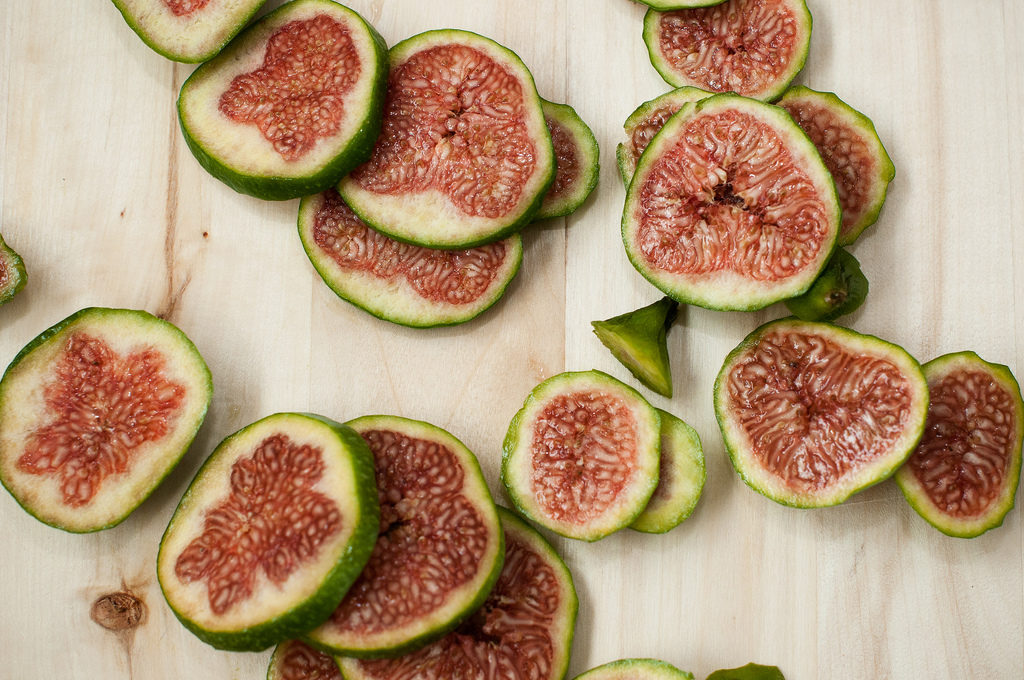
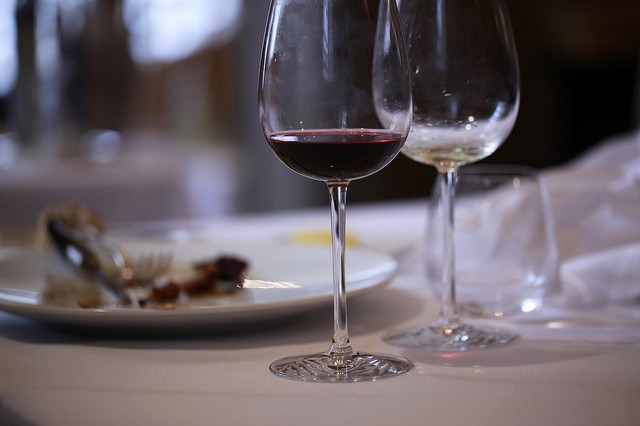
 Henry Israeli’s poetry collections include New Messiahs (Four Way Books: 2002), Praying to the Black Cat (Del Sol: 2010), and god’s breath hovering across the waters, (Four Way Books: 2016). He is also the translator of three books by Albanian poet Luljeta Lleshanaku. He has been awarded fellowship grants from the National Endowment for the Arts, Canada Council on the Arts, and elsewhere. His poetry and translations have appeared in numerous journals including American Poetry Review, Boston Review, Harvard Review, The Iowa Review, The Literary Review, and Tin House, as well as several anthologies. Henry Israeli is also the founder and editor of Saturnalia Books (
Henry Israeli’s poetry collections include New Messiahs (Four Way Books: 2002), Praying to the Black Cat (Del Sol: 2010), and god’s breath hovering across the waters, (Four Way Books: 2016). He is also the translator of three books by Albanian poet Luljeta Lleshanaku. He has been awarded fellowship grants from the National Endowment for the Arts, Canada Council on the Arts, and elsewhere. His poetry and translations have appeared in numerous journals including American Poetry Review, Boston Review, Harvard Review, The Iowa Review, The Literary Review, and Tin House, as well as several anthologies. Henry Israeli is also the founder and editor of Saturnalia Books (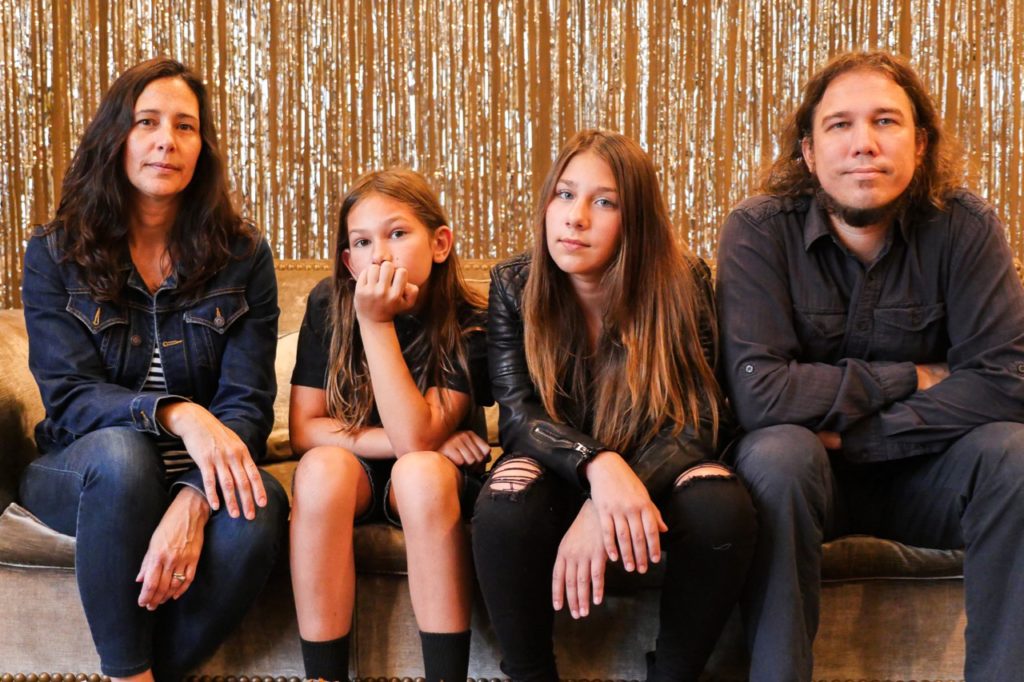
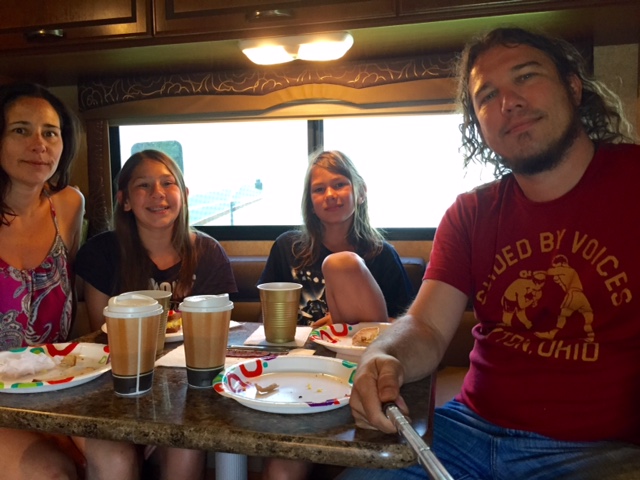
 Comprised of parents Joe and Gloree Centeno and their progeny Eilee, aged fourteen, and Evren, aged twelve, the RocknRoll HiFives are the newest family rockers to break onto the scene. And while hardly a brand new act, the HiFives just released their third EP titled “the Beat the Sound the Dragon’s Roar” on Little Dickman Records. The RocknRoll HiFives are influenced by a mixed bag of rock n roll, indie rock, noise, punk and super heroes. Music from the Beatles to Superchunk, Guided by Voices as well as the Ramones, AC/DC, Foo Fighters and the Jam with the awesomeness of Evel Knievel and Spiderman. The RocknRoll HiFives enjoy sharing their love for music and proving that you’re never too old (or too young) to rock out.
Comprised of parents Joe and Gloree Centeno and their progeny Eilee, aged fourteen, and Evren, aged twelve, the RocknRoll HiFives are the newest family rockers to break onto the scene. And while hardly a brand new act, the HiFives just released their third EP titled “the Beat the Sound the Dragon’s Roar” on Little Dickman Records. The RocknRoll HiFives are influenced by a mixed bag of rock n roll, indie rock, noise, punk and super heroes. Music from the Beatles to Superchunk, Guided by Voices as well as the Ramones, AC/DC, Foo Fighters and the Jam with the awesomeness of Evel Knievel and Spiderman. The RocknRoll HiFives enjoy sharing their love for music and proving that you’re never too old (or too young) to rock out.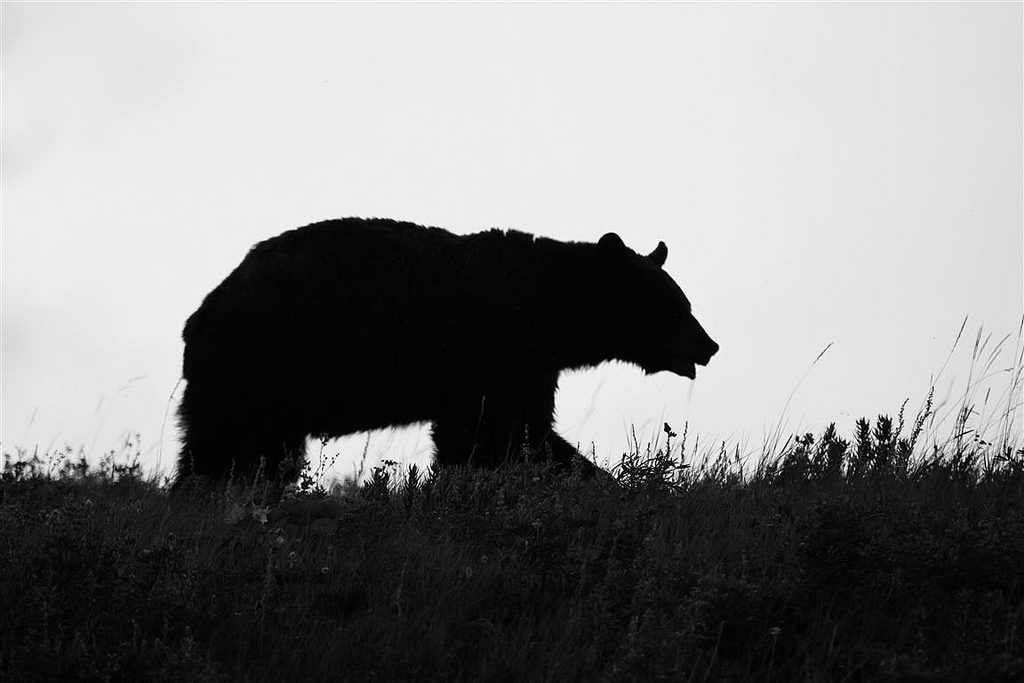
 Laura Budofsky Wisniewski eats, writes, and teaches Yoga in a small town in Vermont. Her work has appeared or is forthcoming in Calyx, Hunger Mountain Review, Confrontation, Pilgrimage and other journals. She is winner of the 2014 Passager Poetry Prize.
Laura Budofsky Wisniewski eats, writes, and teaches Yoga in a small town in Vermont. Her work has appeared or is forthcoming in Calyx, Hunger Mountain Review, Confrontation, Pilgrimage and other journals. She is winner of the 2014 Passager Poetry Prize.
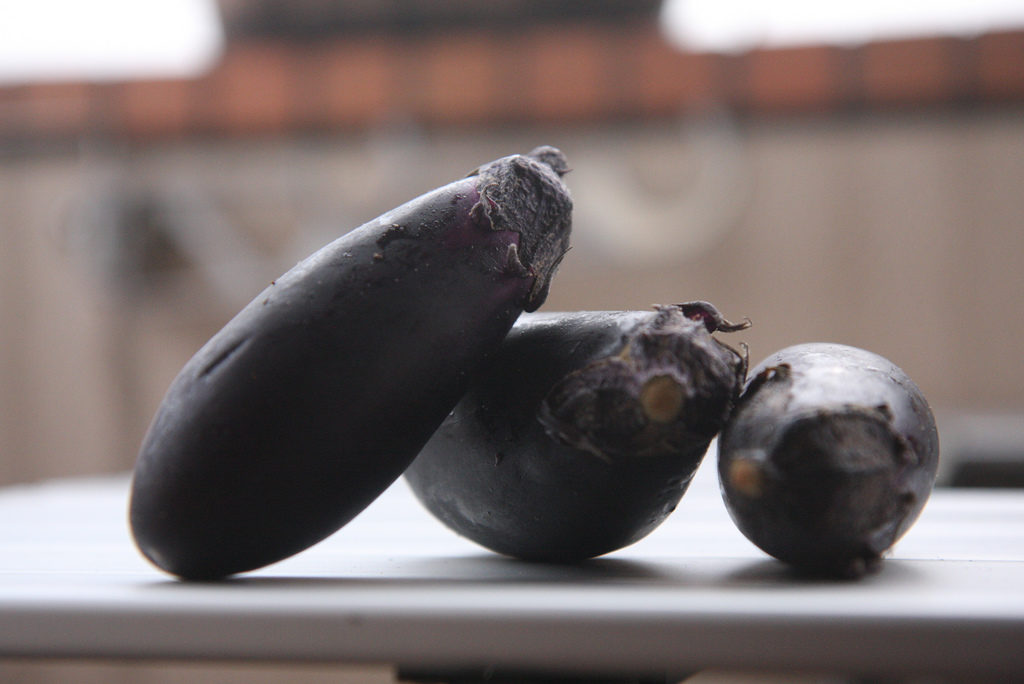

 Henry Israeli’s poetry collections include New Messiahs (Four Way Books: 2002), Praying to the Black Cat (Del Sol: 2010), and god’s breath hovering across the waters, (Four Way Books: 2016). He is also the translator of three books by Albanian poet Luljeta Lleshanaku. He has been awarded fellowship grants from the National Endowment for the Arts, Canada Council on the Arts, and elsewhere. His poetry and translations have appeared in numerous journals including American Poetry Review, Boston Review, Harvard Review, The Iowa Review, The Literary Review, and Tin House, as well as several anthologies. Henry Israeli is also the founder and editor of Saturnalia Books (
Henry Israeli’s poetry collections include New Messiahs (Four Way Books: 2002), Praying to the Black Cat (Del Sol: 2010), and god’s breath hovering across the waters, (Four Way Books: 2016). He is also the translator of three books by Albanian poet Luljeta Lleshanaku. He has been awarded fellowship grants from the National Endowment for the Arts, Canada Council on the Arts, and elsewhere. His poetry and translations have appeared in numerous journals including American Poetry Review, Boston Review, Harvard Review, The Iowa Review, The Literary Review, and Tin House, as well as several anthologies. Henry Israeli is also the founder and editor of Saturnalia Books (
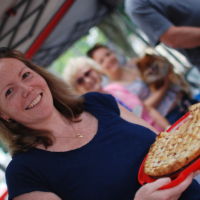 Liz Weidhorn lives in northern New Jersey with her husband Aron, and two
Liz Weidhorn lives in northern New Jersey with her husband Aron, and two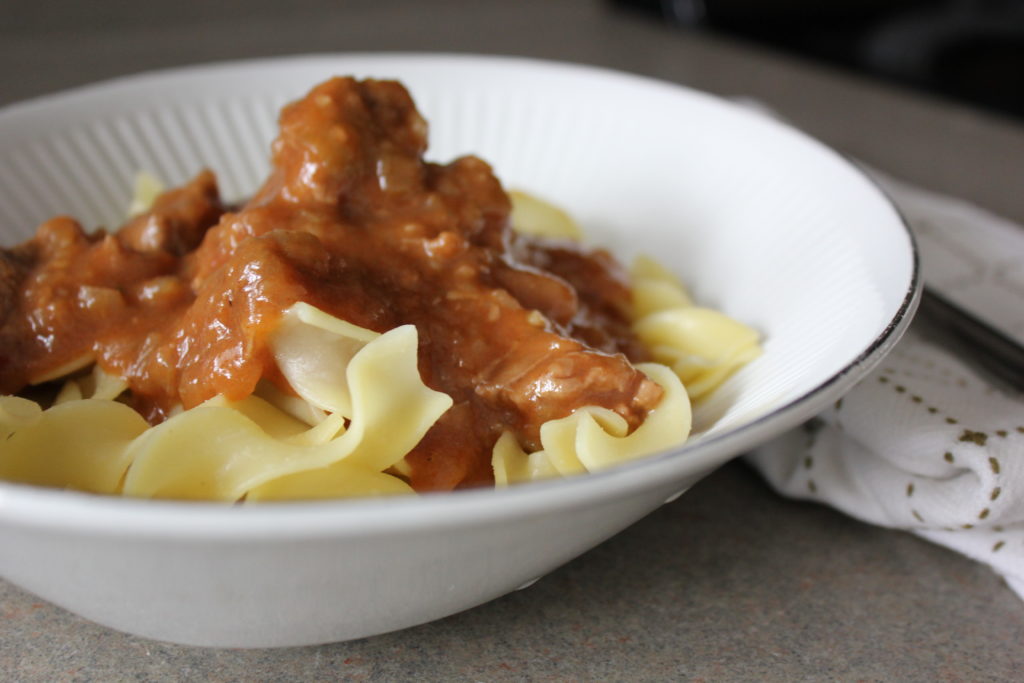
 Maryana Lucia Vestic has spent her life traveling between the worlds of writing, mythology, history and filmmaking. After graduating from NYU’s Tisch School of the Arts and getting her Master of Philosophy in Irish Theatre Studies from Trinity College Dublin, she spent nearly 20 years working in film, television, publishing, the arts and entertainment. All along the way, she has had pieces published online and in print in Harper’s Market, Beyond Race, and various literary blogs. She is currently getting her MFA in creative writing (nonfiction) at The New School and writes personal essays, memoir, and academic writing often wrapped up in her Croatian-American experience, food, relationships to people and place, history, and things of a cosmic nature.
Maryana Lucia Vestic has spent her life traveling between the worlds of writing, mythology, history and filmmaking. After graduating from NYU’s Tisch School of the Arts and getting her Master of Philosophy in Irish Theatre Studies from Trinity College Dublin, she spent nearly 20 years working in film, television, publishing, the arts and entertainment. All along the way, she has had pieces published online and in print in Harper’s Market, Beyond Race, and various literary blogs. She is currently getting her MFA in creative writing (nonfiction) at The New School and writes personal essays, memoir, and academic writing often wrapped up in her Croatian-American experience, food, relationships to people and place, history, and things of a cosmic nature.